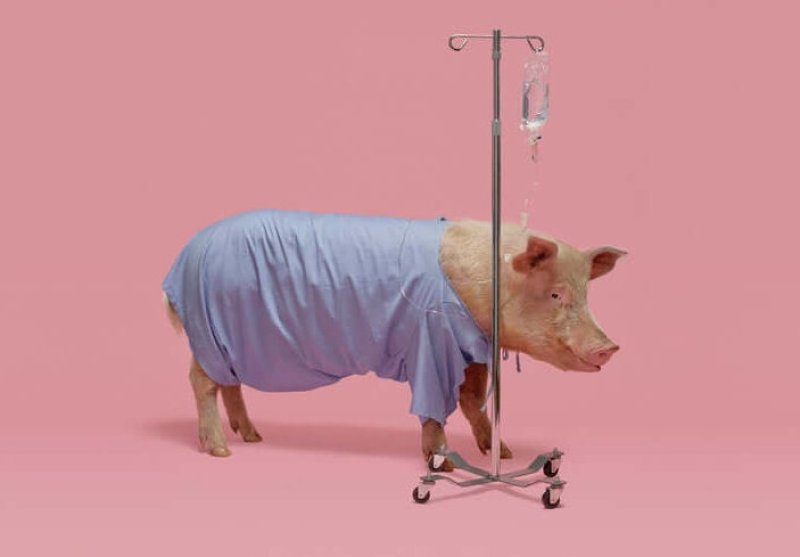Steve Holtzman was awoken by a 1 a.m. call from a doctor at Duke University asking if he could put some pigs on a plane and fly them from Ohio to North Carolina that day. A motorcyclist had gotten into a horrific crash, the doctor explained. He believed the pigs’ livers, sutured onto the patient’s skin like an external filter, might be able to tide the young man over until a donor liver became available.
The results were published in the New England Journal of Medicine in 1994.
Which is why Holtzman was shocked and a little bit confused when he read reports [recently] that doctors at NYU had conducted a “groundbreaking” procedure by, with the family’s consent, taking a pig kidney and suturing it to the leg of a brain-dead patient for 54 hours.
It was something scientists could’ve done for years, he said. And it didn’t get them closer to actually making animal-to-human transplants possible, or addressing the field’s main goal: solving a national organ shortage that kills 20 Americans per day.
“It is hype and bullshit,” said Holtzman, who is now the chairman of a Chinese company working on xenotransplantation. “It belongs in the National Enquirer.”































